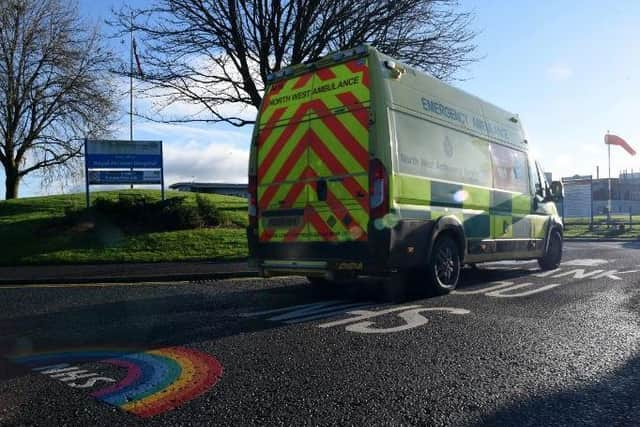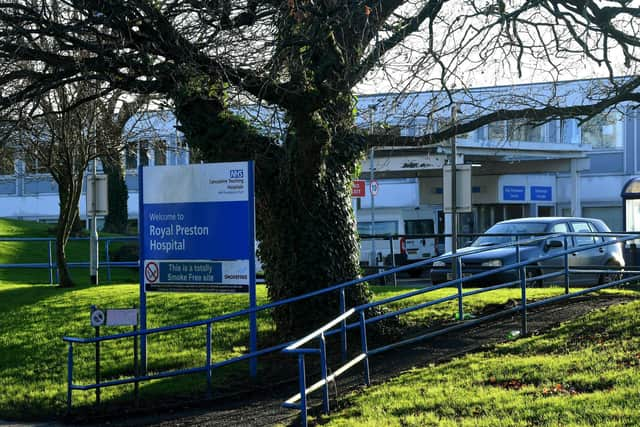Non-urgent A&E visits in Lancashire costing hospitals more than £1m a year
and live on Freeview channel 276
NHS Digital data shows approximately 5,430 admissions had a primary diagnosis of "nothing abnormal detected" at Lancashire Teaching Hospitals in 2019-20.
These attendances cost the trust around £1.5 million and represented seven per cent of all emergency activity.
Advertisement
Hide AdAdvertisement
Hide AdAt Lancashire Teaching Hospitals Trust, dislocations, fractures, joint injuries or amputations were the most common issues in 2019-20 – for which a diagnosis was listed – accounting for 6,260 emergency episodes.


The Royal College of Emergency Medicine said many people anxious about their health have "no alternative" but to turn to A&E for their treatment, adding that pressures on emergency departments should not fall on the public.
The NHS says A&E is for serious and life-threatening emergencies, with patients urged to call 111 over other urgent illnesses.
But Dr Adrian Boyle, vice president of the RCEM, warned there are "many reasons" why someone could attend an emergency department and then be discharged with no serious diagnosis made, including being left with "simply no alternative".
Advertisement
Hide AdAdvertisement
Hide AdHe said: "If patients are unsure about attending A&E or if they have a non-life-threatening condition then they should call NHS 111 where they will be directed to the best care for their particular condition.


"But crucially patients won’t know the severity of their condition without clinical expertise or examination. Sometimes cases do show no abnormality and at those times we will discharge the patients appropriately.
"However, there are times when we do discover something serious and their attendance may save their life as we are able to swiftly provide appropriate treatment."
And he said concern over pressures on A&E departments should not be shouldered by the public, adding that an "adequately staffed and funded" health service can meet patient and community demand.
Advertisement
Hide AdAdvertisement
Hide AdSarah Scobie, deputy director of research at the Nuffield Trust health think tank, said: "(The figures) suggest that they could not be helped elsewhere in the system or still felt that A&E was the most appropriate service for them.
She added that the NHS has made several attempts to divert patients with less serious conditions, including encouraging patients to use the 111 service.
"This process may reduce pressure on ‘front door’ services but is unlikely to reduce admissions to hospitals from those with an urgent need for care," she said.
Thanks for reading. If you value what we do and are able to support us, a digital subscription is just £1 per month for the first two months. Try us today by clicking here.